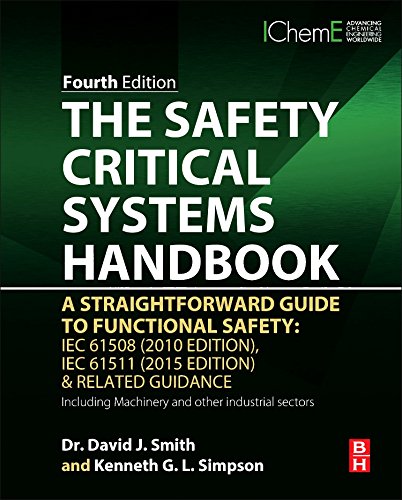

Most ebook files are in PDF format, so you can easily read them using various software such as Foxit Reader or directly on the Google Chrome browser.
Some ebook files are released by publishers in other formats such as .awz, .mobi, .epub, .fb2, etc. You may need to install specific software to read these formats on mobile/PC, such as Calibre.
Please read the tutorial at this link: https://ebookbell.com/faq
We offer FREE conversion to the popular formats you request; however, this may take some time. Therefore, right after payment, please email us, and we will try to provide the service as quickly as possible.
For some exceptional file formats or broken links (if any), please refrain from opening any disputes. Instead, email us first, and we will try to assist within a maximum of 6 hours.
EbookBell Team

4.0
46 reviewsThe Safety Critical Systems Handbook: A Straightforward Guide to Functional Safety: IEC 61508 (2010 Edition), IEC 61511 (2016 Edition) & Related Guidance, Fourth Edition, presents the latest on the electrical, electronic, and programmable electronic systems that provide safety functions that guard workers and the public against injury or death, and the environment against pollution.
The international functional safety standard IEC 61508 was revised in 2010, and authors David Smith and Kenneth Simpson provide a comprehensive guide to the revised standard, as well as the revised IEC 61511 (2016). The book enables engineers to determine if a proposed or existing piece of equipment meets the safety integrity levels (SIL) required by the various standards and guidance, and also describes the requirements for the new alternative route (route 2H), introduced in 2010.
A number of other areas have been updated by Smith and Simpson in this new edition, including the estimation of common cause failure, calculation of PFDs and failure rates for redundant configurations, societal risk, and additional second tier guidance documents.
As functional safety is applicable to many industries, this book will have a wide readership beyond the chemical and process sector, including oil and gas, machinery, power generation, nuclear, aircraft, and automotive industries, plus project, instrumentation, design, and control engineers.